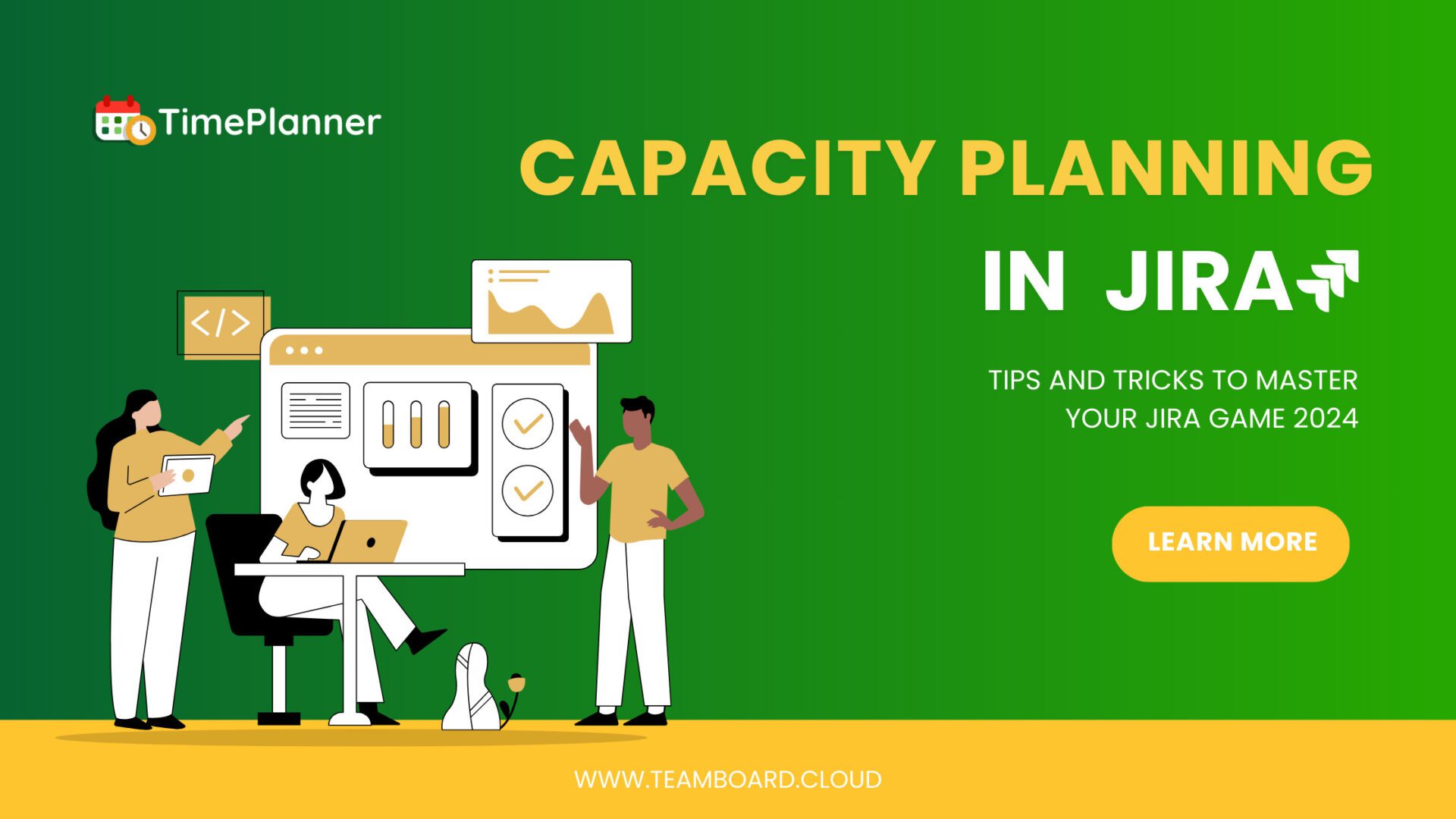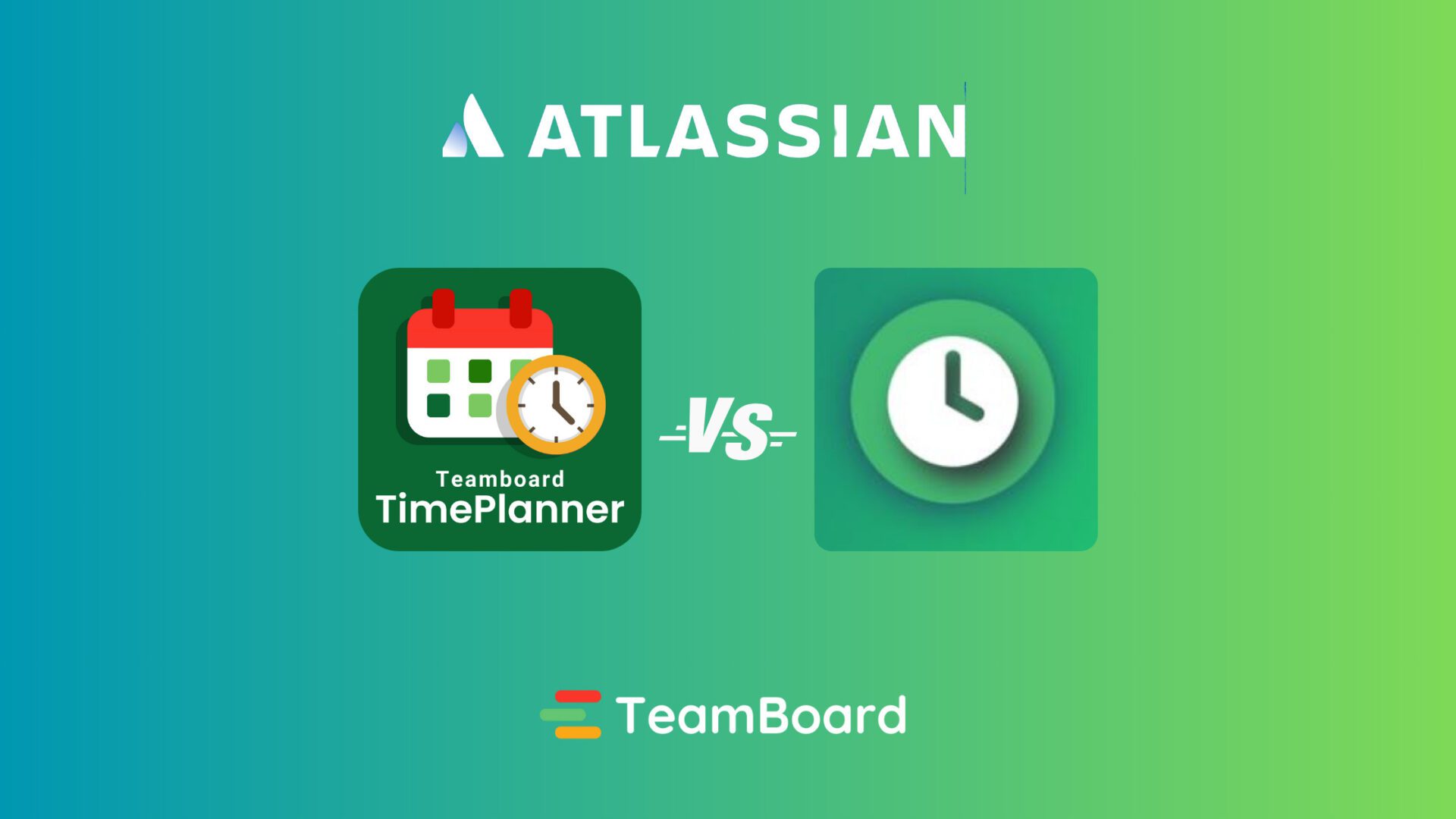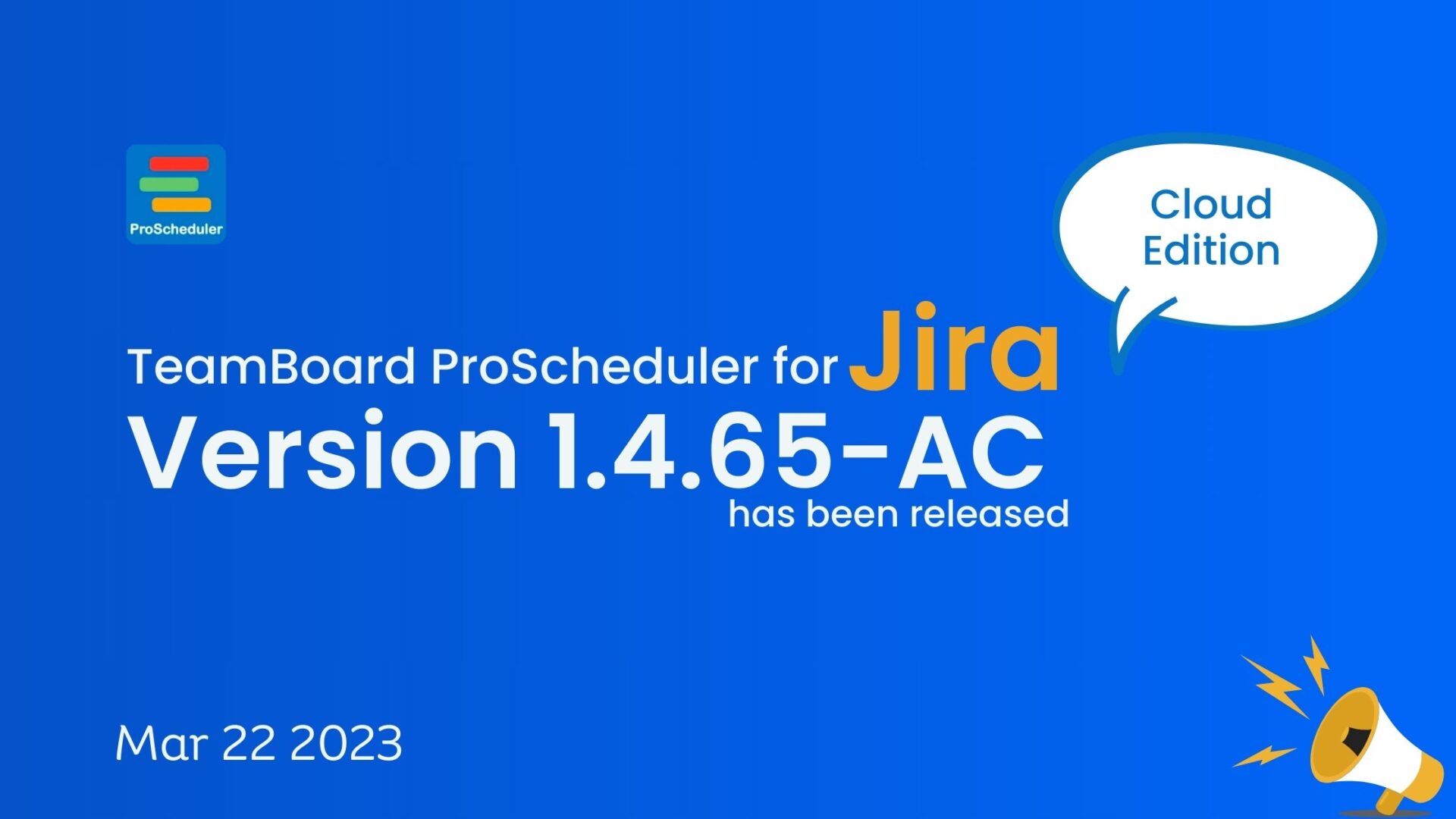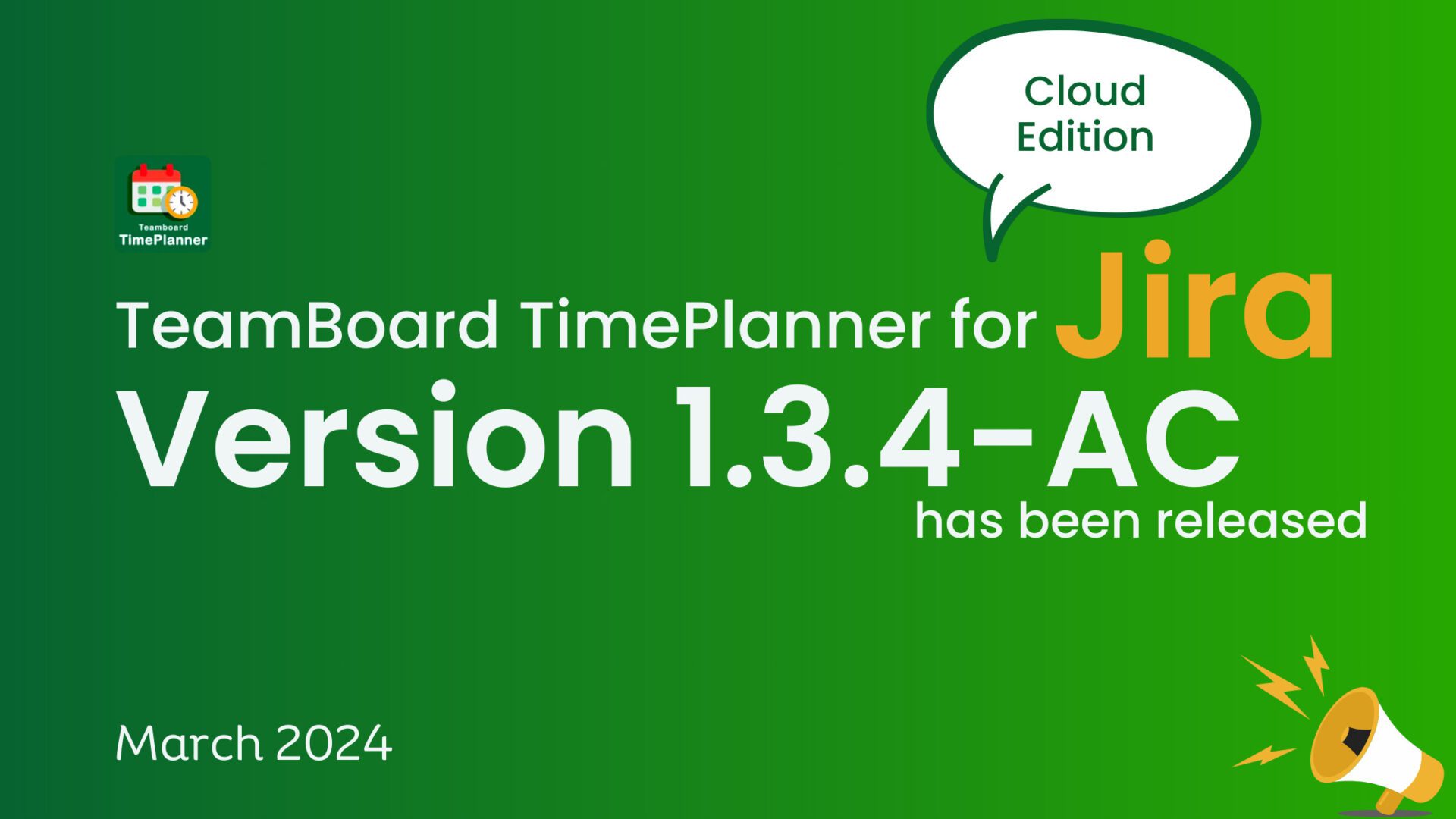Table of Contents
How to do Organizational Project Management? Quick Steps with Examples
Whether you want to increase your client’s satisfaction and improve your team’s productivity, the project management skills and techniques you use will depend on the type of organization.

Most organizations are nowadays dependent on ‘Projects.’ IT Projects, Product Development Projects, Operations Projects, and Channel Building Projects are common projects that almost every organization has. But you need more than just doing a project to achieve your goals.
You must follow a systematic procedure with well-defined steps to meet your project goals. Before starting with project management steps, let’s see what Organizational project management is.
What is Organizational Project Management?
Organizational project management is a methodology used to manage projects within an organization. It involves using processes, tools, and techniques that project managers typically employ to ensure that the project objectives are achieved.
Management of Organizational Projects can also be helpful in the:
- Managing portfolio strategies for a business unit or organization.
- Planning and prioritizing projects across business units based on strategic plans.
- Managing resources across multiple projects, including internal resources and external suppliers.
- Risk management across all projects in the portfolio, including risk assessments and mitigation plans.
Quick Steps to do Organizational Project Management
Here are some quick steps for project management processes in organizations:
Preparation
The first step in organizational project management is preparation. Here we make plans and prepare for the execution of the project by collecting information about the resources, time, and money required to succeed.
-
Planning
This is where you determine how long your project will take and what resources you will need to achieve your goal. Also, you write the project specifications here. You determine which tasks must be done by whom and when they must be completed by (the deadline).
-
Scheduling
You schedule all the tasks in a calendar format so that you can keep track of your progress throughout the project.
-
Controlling
This is where you ensure that everyone follows through on their tasks according to plan and timeline. Also, if something goes wrong or someone falls behind on their responsibilities, they can be given guidance on how they can catch up or fix their mistakes before they become too big of an issue for everyone involved in this project.
Assessment
Assessments in organizational projects allow you to track your team’s progress on certain tasks and processes. This helps also you identify areas that need improvement and gives you ideas for improving them.
The following is an assessment that can help you determine your project management potential:
-
Identify types of projects
Organizational projects are usually classified into two categories: manufacturing and service. Manufacturing projects create tangible products for consumption by customers, while service projects provide a service such as consulting or building software applications.
-
Identify inputs
Projects require some form of input from outside sources, such as materials, human resources, or financial resources. These inputs are known as constraints because they limit what can be done in the project. For example, if the team needs to use specific collaboration tools or equipment they do not have access to, they can only complete the project successfully by getting them first.
-
Assess the constraints
The constraints are the areas that are affecting your organizational projects. This can be anything from the budget, time, resources, and more. You must assess these constraints and determine how they will affect your project.
-
Assess Resources
Resources are anything that you will use for the project. You need to check if these resources are available or not. A workaround will have to be found if they are unavailable. Check if there is any budget for the project or not. If there is no budget, you will have to find other ways to complete your task.
-
Check Timeline
Timeline is one of the most important things in project management because it helps keep everything organized and in place. As a result, everything goes smoothly without any issues or problems arising along the way.
Development
The development phase is the third step in the project management process. In this phase, you will define the scope of work, create a schedule and budget, develop a project plan, and define your communication strategy.
The following are examples of organizational project management tasks to carry out during this phase:
-
Document your methodology
You might think it’s quite an undertaking, but it’s not as difficult as you might think.
-
Derive output
One of the key aspects of organizational project management is ensuring you’re able to measure and evaluate the success of your efforts. This means that determining what resources (both human and financial) will be needed for each stage of your project is essential — as well as setting realistic expectations on how long certain tasks or activities should take.
Improvement
Continuous improvement is the primary process of project management. The improvement phase is where you will focus on improving existing processes and procedures and developing new ones.
The improvement phase of organization project management processes begins when your project is complete and continues through each iteration of the continuous improvement cycle.
Project managers can use different methods to improve their organizational project management process. Some of these include:
-
Improvement tools
These include Pareto analysis, cause and effect diagrams (fishbone diagrams), scatter diagrams, control charts, histograms, and checklists. Above all, these tools can help you identify areas for improvement within your organization’s project management process.
-
Benchmarking
Benchmarking allows you to compare your organization’s performance against that of similar organizations that do the same work. This also helps identify areas for improvement within your organization’s project management process.
-
Root cause analysis
It helps identify the root causes behind problems in organizational project management processes. This provides a permanent solution to the issue rather than just putting a band-aid on them temporarily until they appear again later down the road.
Final Words
In conclusion, the truth is, there’s no one-size-fits-all method for project management. You may not find the same results as somebody else, and vice versa. But if you’re in the organizational project management business, a few guidelines can help make your life easier.
Pro Scheduler is perfect for staying on track with your important activities. The great feature of this app is that it helps you organize your time so that you can always remember what task you need to do during which period.
















